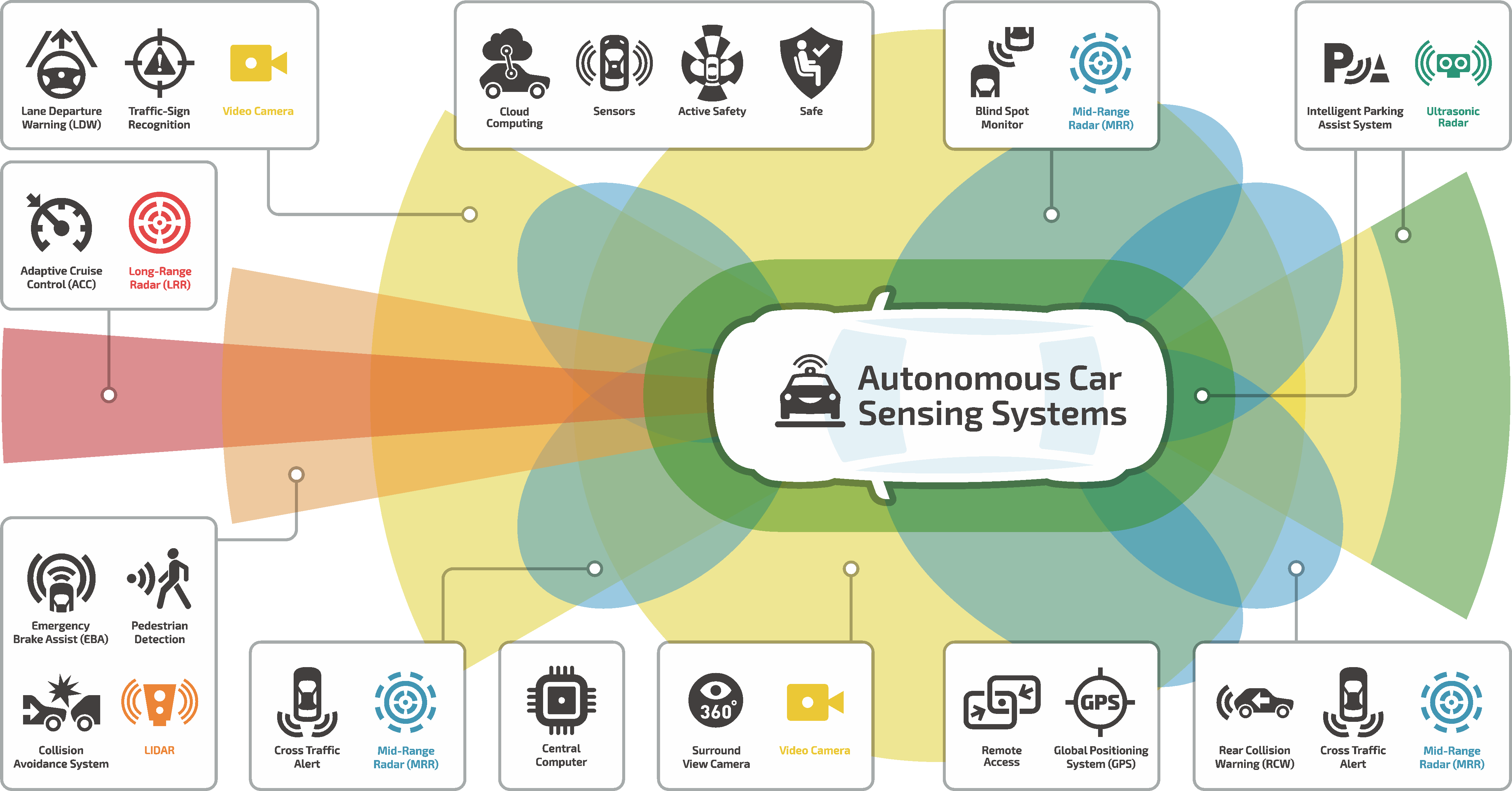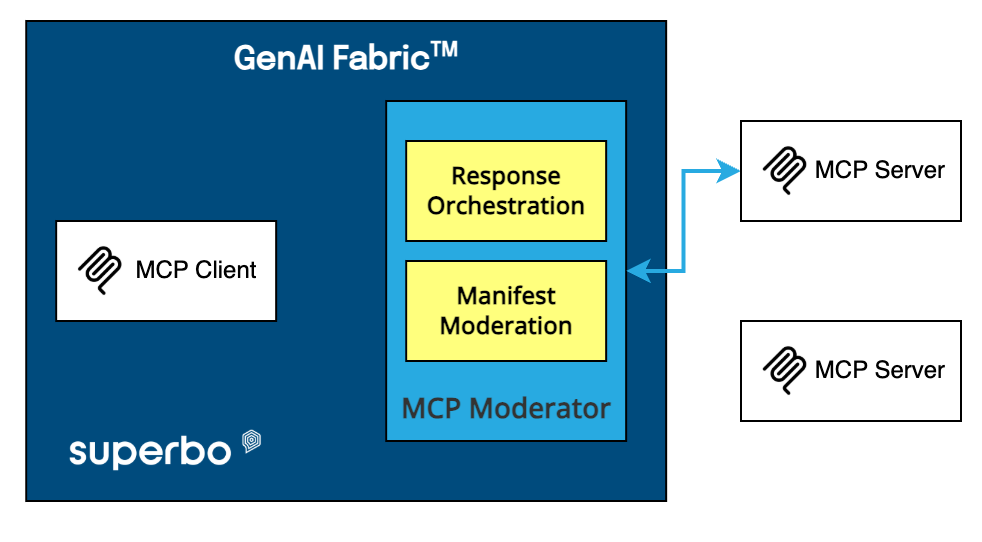AI agents are often misunderstood, with many assuming they are just glorified AI assistants or chatbots. However, AI agents represent a paradigm shift in software development, moving from passive response systems to proactive, autonomous decision-makers.
To clarify this distinction, let’s explore AI agents through an example that everyone can grasp: the evolution of cars, to self-driving vehicles.
Understanding the Levels of AI Autonomy
The Society of Automotive Engineers (SAE) defines levels of driving automation, and this same framework can help categorize AI agent capabilities:
Level 0 (No Automation)
Basic chatbots (e.g., FAQ bots)
Level 1 (Driver Assistance)
Rule-based workflow automation (e.g. email sorting)
Level 2 (Partial Automation)
AI agents that handle multi-step tasks with human checks (e.g. approving expenses)
Level 3–5 (Conditional to Full Automation)
Autonomous AI systems that act independently (e.g. supply chain optimization)
Now, let’s look at how AI evolves from a simple assistant to a fully autonomous system using self-driving cars as an analogy.
Level 1: AI as an Assistant – GPS and Google Maps
Imagine driving a conventional car with Google Maps or Waze guiding you. These tools:
However, they do not drive the car for you—they are assistants, not autonomous systems.
In AI terms, this is similar to an AI-powered chatbot or task-specific bot that helps users retrieve information and perform limited functions. It:
In short, a glorified bit can answer, but it cannot act.
Level 2: AI as an Agent – Advanced Driver Assistance Systems (ADAS)
Modern vehicles incorporate driver assistance technologies like:
These observe road conditions, reason about potential hazards, and act by taking limited control (e.g., slowing down when another car is too close). However, the driver is still in control.
This represents an AI agent—a system that can sense, process information, and take limited actions but still requires human oversight.
AI agents in customer service, finance, and healthcare operate similarly, automating workflows and handling complex reasoning tasks while leaving critical decisions to humans. An example would be a fraud detection system that flags suspicious transactions for human review.
Level 5: AI as a Fully Autonomous System – Self-Driving Cars
A fully autonomous vehicle (e.g., a Level 5 self-driving car) takes AI agents to their ultimate evolution. The vehicle has:
Observation
Sensors (cameras, LiDAR, radar) continuously scan the environment
Reasoning
AI processes sensor data to predict and adapt to real-world conditions (e.g., detecting pedestrians, adjusting for bad weather)
Planning
It determines the safest, most efficient route based on road conditions, traffic, and destination
Action
The car accelerates, brakes, and steers—all without human intervention

This ORPA (Observe → Reason → Plan → Act) framework as has been explained in our previous articles is the foundation of fully autonomous AI agentic systems.
An equivalent “business example” would be that of an “AI employee” restocking supplies in real time, without human intervention or an AI broker that executes trades automatically based on market conditions.
Why Does This Matter for AI Agents in Business?
Understanding this distinction helps businesses realize that:
Summary of AI Maturity Levels
Final Thoughts
For organizations adopting AI, recognizing these levels is crucial. Implementing AI agents means designing systems that observe, reason, plan, and act—not just respond to inputs. Just as self-driving cars are transforming transportation, AI agents will redefine how businesses operate, automating tasks beyond simple chat interactions.







